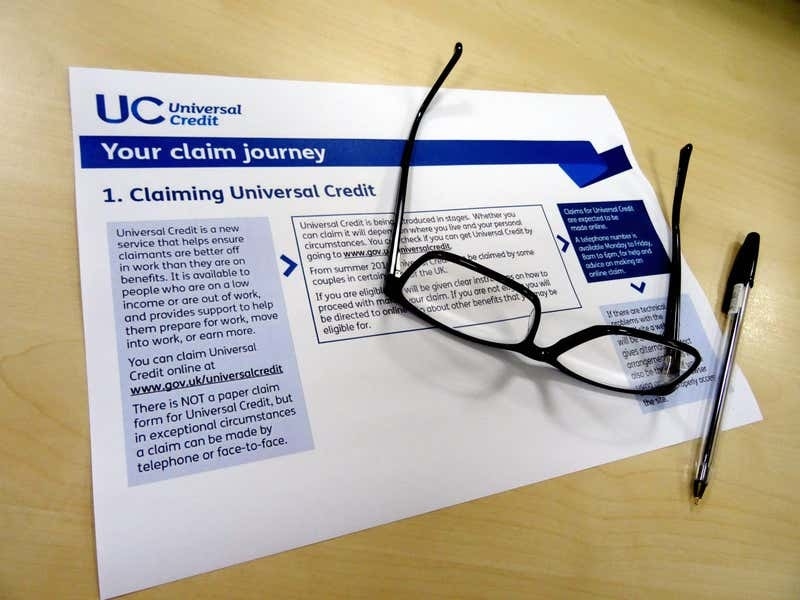Deputy Steve Luce says compared to the 2016 potato season, when high levels of agricultural pollution were recorded across the Island, nitrate levels have been reduced by 15 per cent.
In addition, chemical pollution incidents have more than halved, from 359 to 188.
He said: ‘It is very encouraging news, as it shows that we are definitely moving in the right direction. The industry has responded really well, but I don’t want people to get the idea that we’re going to get lax after this.
‘We have made some great progress in a relatively short time and we intend this to be ongoing as we move towards a system of farming that is less chemical-dependent.’
At peak times of the farming year, nitrate levels – which largely come from fertilisers applied to the land – had reached double the EU limit of 50 mg per litre of water.
In addition, from January to June last year, high levels of farming chemicals forced the closure of Val de la Mare, and Jersey Water diverted streams around other reservoirs to ensure the Island’s water met international safety standards.
Following advice from UK agricultural experts, trials in the precision application of fertilisers to the crop, rather than across an entire field, were undertaken on almost a quarter of the Island’s potato-growing land. Farmers also switched to pesticides and weedkillers that were less likely to leach into ground water.
Jersey Farmers Union president Peter Le Maistre said farmers would be studying the results with the aim of further improving water quality.
He said: ‘All in all, we are happy that we have made progress and now we shall see what we can do to make even more progress next year.
‘We are hoping to roll the changes out across the Island over the next three years to reduce nitrate uses by 25 per cent.’
There has been little change in levels of oxadixyl – a chemical treatment for potato blight first detected in February 2016 when Jersey Water changed its testing methods. It was last used in the Island 15 years ago.
Deputy Luce says that further tests over at least another farming year, and testing in different weather conditions, were required before Jersey Water would be able to decide how to treat it on a permanent basis.
As current levels in streams and reservoirs are below the World Health Organisation limit of 30 micrograms per litre, it does not pose any threat to drinking water.






